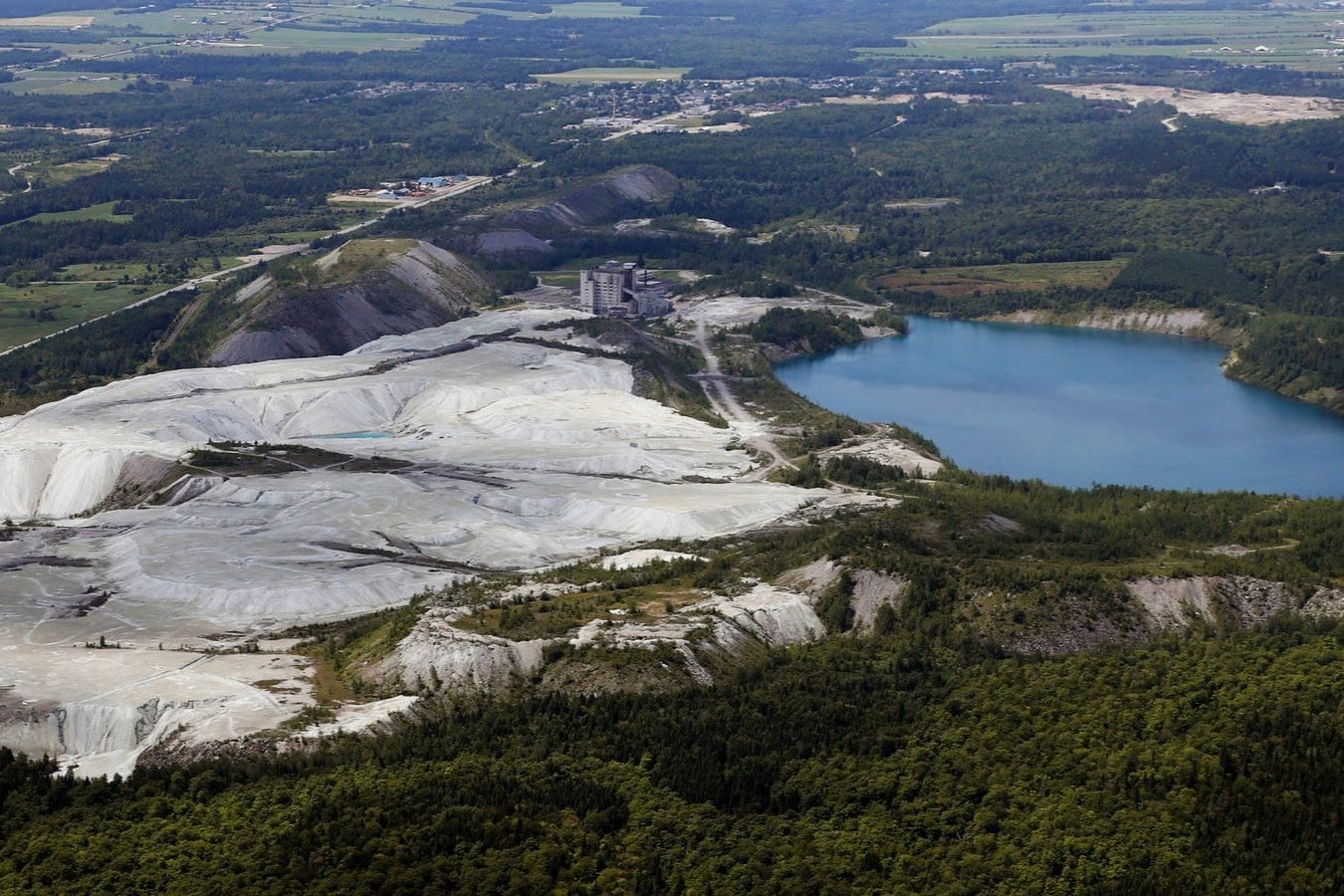Hidden Asbestos Towns In Quebec

Ever heard of asbestos towns in Quebec? These places have a unique history tied to the mining of a once-popular mineral. Asbestos, once hailed for its fire-resistant properties, became a significant industry in Quebec. Towns like Thetford Mines and Asbestos (now Val-des-Sources) thrived on this industry. However, as the health risks of asbestos became known, these towns faced challenges. Today, they are transforming, finding new ways to attract visitors and boost their economies. From exploring old mining sites to enjoying local festivals, these towns offer a glimpse into a past industry while embracing a new future. Ready to learn more?
Hidden Asbestos Towns in Quebec
Quebec, known for its rich history and vibrant culture, also holds some lesser-known secrets. Among these are towns that were once bustling with asbestos mining activities. These places, though not widely recognized, offer a unique glimpse into the past. Let's explore some of these hidden asbestos towns in Quebec.
The Towns That Time Forgot
These towns may not be on the typical tourist map, but they have stories to tell. From their heyday during the asbestos boom to their quieter present, each town has its own unique charm.
Asbestos
Yes, there's a town literally named Asbestos. Located in the Estrie region, this town was once home to one of the largest asbestos mines in the world, the Jeffrey Mine. The mine's closure in 2012 marked the end of an era, but the town remains a testament to its mining heritage.Thetford Mines
Situated in the Chaudière-Appalaches region, Thetford Mines was another major player in the asbestos industry. The town's landscape is dotted with remnants of its mining past, including old mine shafts and tailings piles. Today, it offers a mix of history and outdoor activities.Black Lake
Part of Thetford Mines, Black Lake was once a separate municipality. It played a significant role in the asbestos industry, with several mines operating in the area. The town's history is preserved in local museums and historical sites.
Off the Beaten Path
Venturing off the main roads, you'll find smaller towns that also played a role in Quebec's asbestos history. These places may be quieter now, but their past is still very much alive.
East Broughton
Located near Thetford Mines, East Broughton was another hub for asbestos mining. The town's economy thrived on the industry, and many of its residents worked in the mines. Though the mines have closed, the town's history is still evident in its architecture and local culture.Saint-Joseph-de-Coleraine
This small town in the Chaudière-Appalaches region was once bustling with mining activity. The mines have long since closed, but the town's history is preserved in its buildings and local traditions. Visitors can explore the town's past through its museums and historical sites.Disraeli
Nestled on the shores of Lake Aylmer, Disraeli was another key player in the asbestos industry. The town's picturesque setting belies its industrial past, with old mining sites hidden among the natural beauty. Today, Disraeli offers a mix of history and outdoor recreation.
Echoes of the Past
These towns may no longer be the centers of asbestos mining, but their histories are still very much alive. Exploring these places offers a unique glimpse into Quebec's industrial past.
Saint-Ferdinand
Located near Thetford Mines, Saint-Ferdinand was once a thriving mining town. The mines have closed, but the town's history is still evident in its architecture and local culture. Visitors can explore the town's past through its museums and historical sites.Saint-Adrien
This small town in the Estrie region was once home to several asbestos mines. The mines have long since closed, but the town's history is preserved in its buildings and local traditions. Visitors can explore the town's past through its museums and historical sites.Saint-Camille
Nestled in the heart of the Estrie region, Saint-Camille was another key player in the asbestos industry. The town's picturesque setting belies its industrial past, with old mining sites hidden among the natural beauty. Today, Saint-Camille offers a mix of history and outdoor recreation.Saint-Jacques-le-Majeur-de-Wolfestown
This small town in the Chaudière-Appalaches region was once bustling with mining activity. The mines have long since closed, but the town's history is preserved in its buildings and local traditions. Visitors can explore the town's past through its museums and historical sites.
Preserving History and Health
Quebec's hidden asbestos towns offer a unique glimpse into a past shaped by industry. These towns, once bustling with activity, now stand as reminders of both progress and caution. Visiting places like Thetford Mines and Asbestos (now Val-des-Sources) reveals the impact of asbestos mining on communities and the environment.
Exploring these towns provides a chance to learn about the history of asbestos, its uses, and the health risks associated with it. While the industry brought economic growth, it also left behind challenges that residents continue to face.
Efforts to preserve the history and address health concerns are crucial. By understanding the past, we can make informed decisions for the future. Whether you're a history buff or just curious, these towns offer valuable lessons and a unique travel experience.

